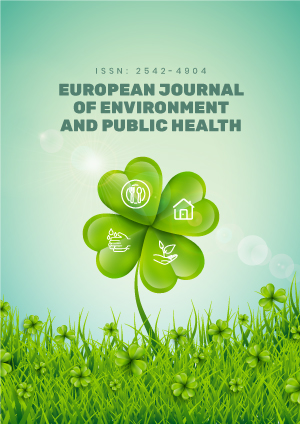Abstract
Purpose: This study explored the relationship between bullying, sexual violence and substance use among adolescents.
Methods: A cross-sectional study of 14,765 adolescents using the 2017 Youth Risk Behavior Surveillance System (YRBSS) survey was conducted. Multivariate logistic regression analyses were performed, with substance use as the outcome and bullying and sexual violence as explanatory variables in separate models.
Results: The odds of substance in bisexual adolescence was twice as heterosexuals [AOR: 2.00; 95%CI: 1.26-3.22]. Adolescents who experienced electronic bullying had 67% higher odds of substance use than those who did not experience electronic bullying [AOR: 1.67; 95%CI: 1.09-2.55]. Also, adolescents who had experienced sexual violence were had higher odds of reporting substance use than those who had not experienced sexual violence [AOR: 1.68; 95%CI: 1.15-2.45]. Additionally, those who had experienced either school bullying or electronic bullying reported higher rates of sexual violence than those who had not experienced any bullying.
Conclusion: We found a strong association between bullying, sexual violence, and substance use. A multifaceted approach is needed to resolve these problems effectively.
License
This is an open access article distributed under the Creative Commons Attribution License which permits unrestricted use, distribution, and reproduction in any medium, provided the original work is properly cited.
Article Type: Research Article
EUR J ENV PUBLIC HLT, Volume 4, Issue 2, 2020, Article No: em0049
https://doi.org/10.29333/ejeph/8329
Publication date: 07 Jun 2020
Article Views: 4212
Article Downloads: 3512
Open Access References How to cite this article
 Full Text (PDF)
Full Text (PDF)